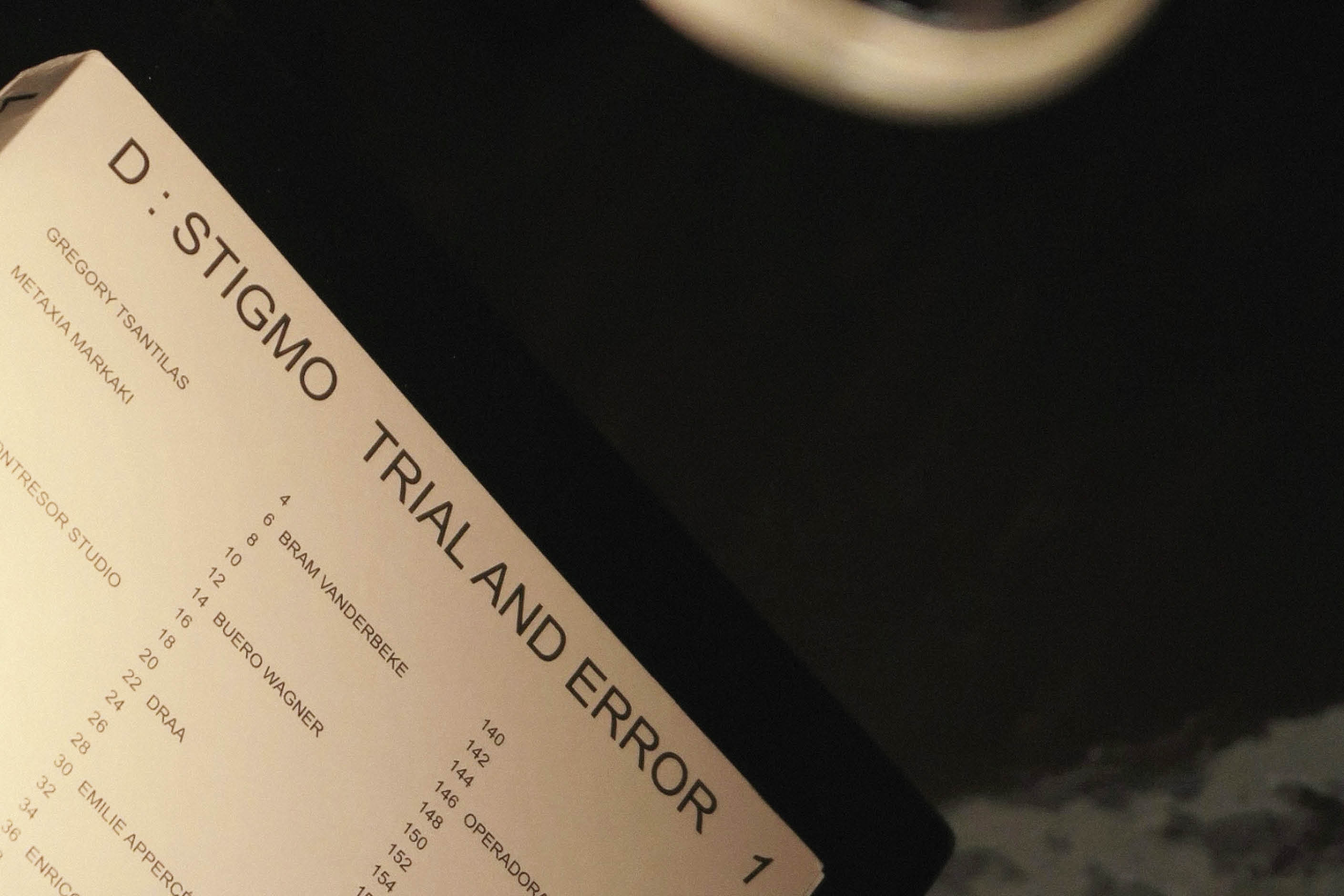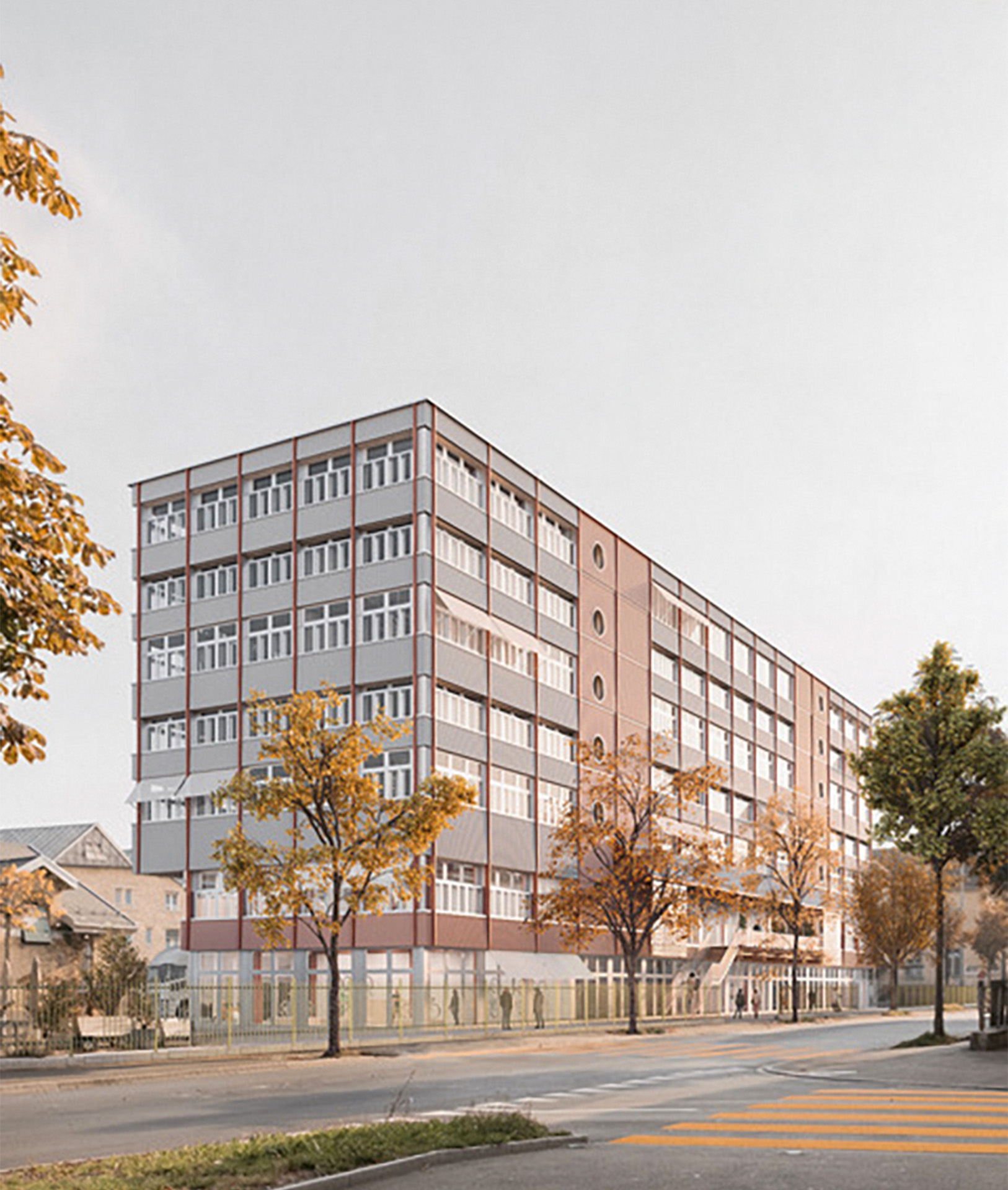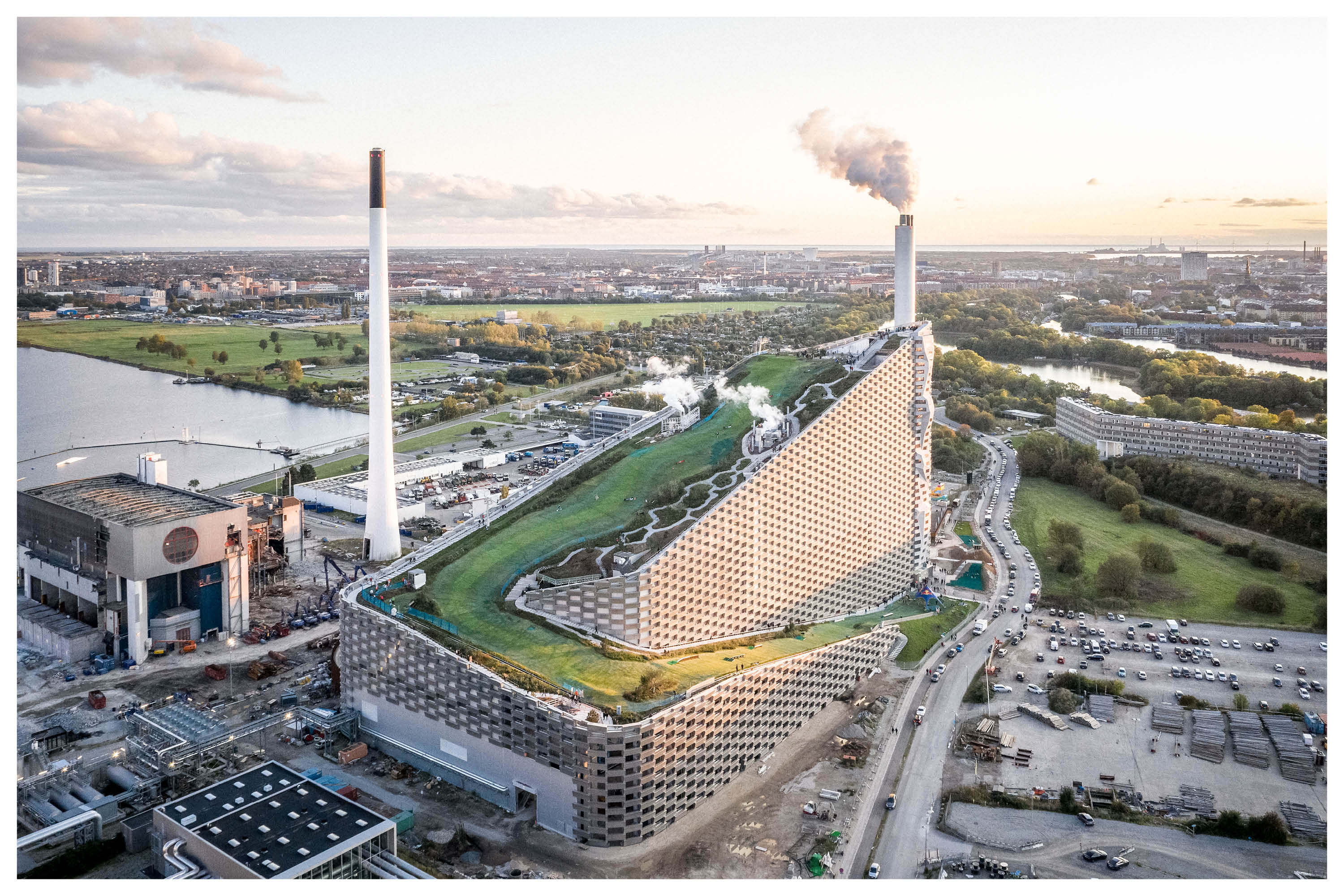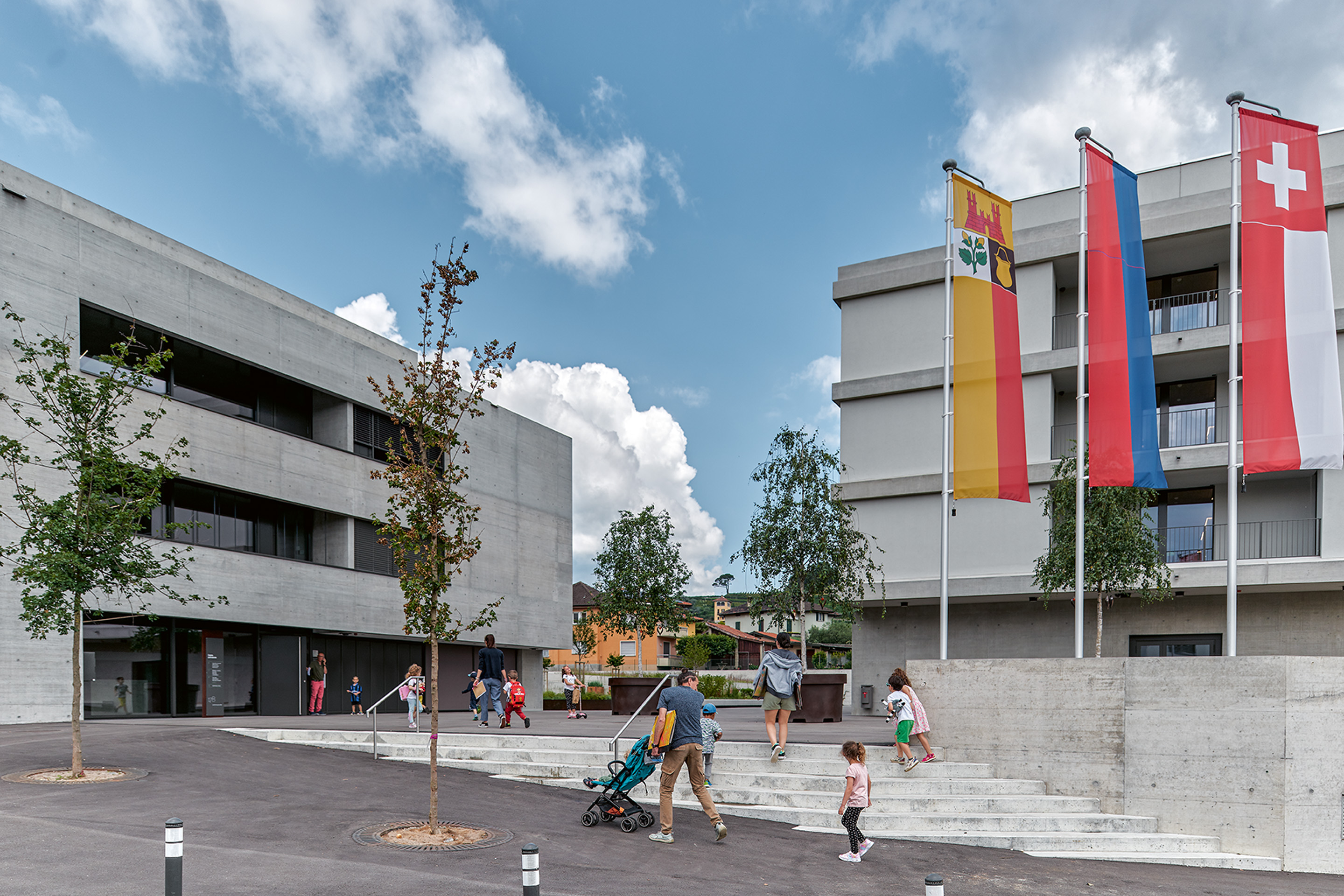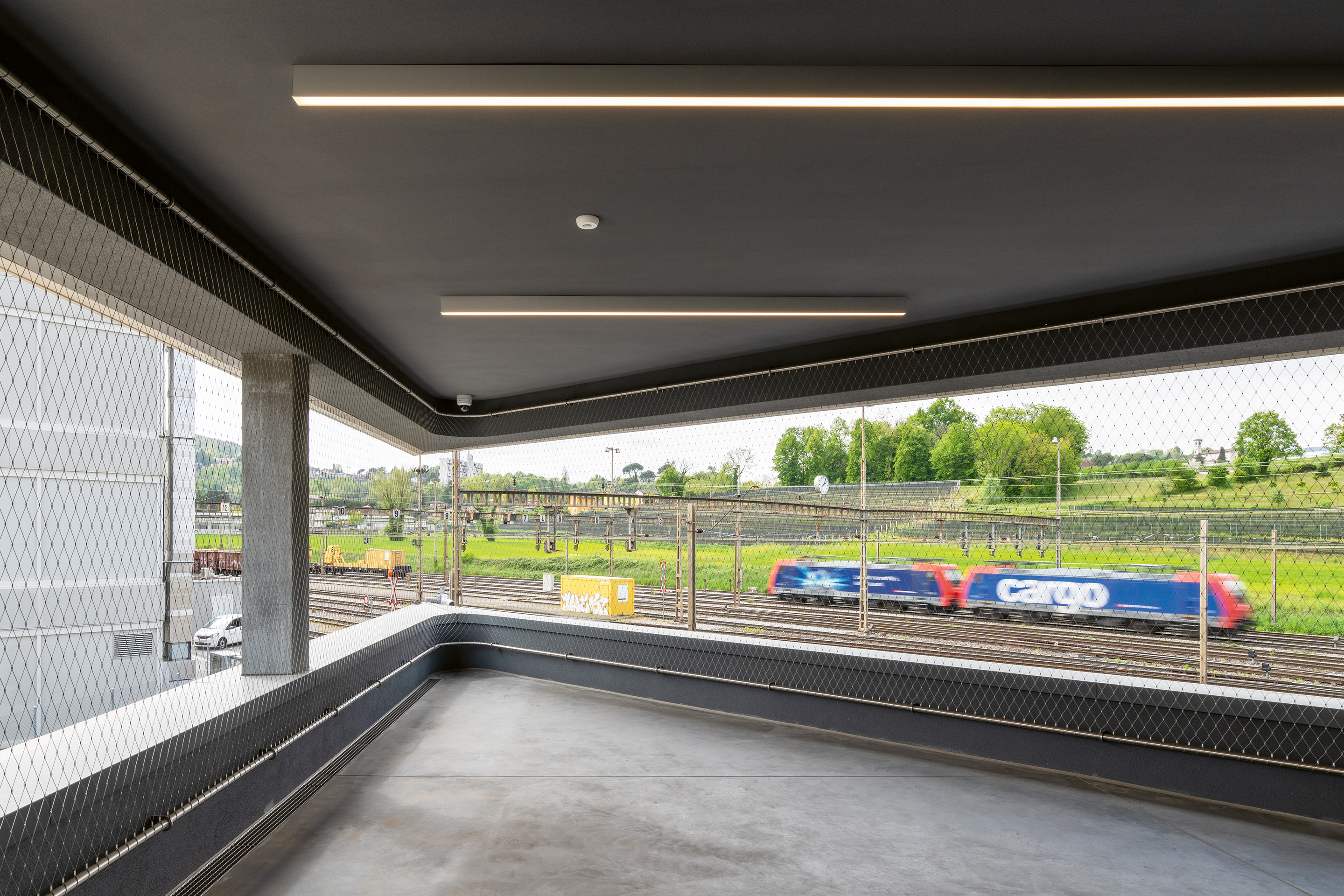From the «right to the city» to the detail...
A resilience farewell
The final editorial by Mercedes Daguerre introduces the themes of Archi 2025, retracing the transformations of specialized publishing in the digital age and the relationship between building culture and Swiss Baukultur, while opening up to the magazine’s future perspectives.
Per la versione Italiana cliccare qui.
«“To divide and to connect”, namely the distribution and composition of the parts, is in truth an inexhaustible chapter; [...] sooner or later we will find ourselves faced by a limit, before which for one reason or another we are forced to come to a halt; but what is important is not to mistake just any obstacle for this limit; we accept this limit, we accept its evidence, but we also want to push forward as far as possible».
Heinrich Tessenow, 1916
«If Archi 1/2018, focusing on the «right to the city» through the functioning of housing cooperatives, had marked the start of this direction and the opening of a phase of renewal for the magazine, this now comes to a conclusion with an equally significant issue on the role of the detail in a design process updated to totally novel parameters: new materials, sustainability, circular economy, artificial intelligence.
Substantial aspects of innovative approaches to the profession are explored by Carlo Nozza through three interviews with authoritative figures of today’s design practice (Eduardo Souto de Moura, Gustav Düsing and Max Hacke, and Neven Kostic), and an in-depth theoretical essay by Roberto Gargiani. A dialogue on the relationship between project and worksite that expresses varied positions as the result of the overlaying of different cultural, educational and generational references. The choice of the theme is not random, but should be contextualized within the major transformations that have emerged over the last decade. The itinerary completed by Archi in this time span – addressing increasingly diversified scales and questions – has put into focus the themes present in the contemporary design debate in Ticino, Switzerland and Europe. In this way, the topics related to the Baukultur, competitions, the ecological transition and the spread of problematic professional factors are joined by other notions that have become true guidelines: the relationship between plan and project, urban regeneration, public space, collective and intergenerational habitation, densification and reuse of constructed assets, protection of the environment, the territory and the landscape, protection of historical heritage. In this way, the magazine confirms the continuity of its editorial policy as a bi-monthly on architecture, engineering and urbanism, characterized by its own linguistic identity in the Swiss context and its roots in Italian Switzerland, while the classification as a «Class A scientific journal», assigned in Italy by the ANVUR (Agenzia Nazionale di Valutazione del sistema Universitario e della Ricerca), qualifies and extends its perspective across the border.
Not by chance, faced with the growing necessity of having a high level of specialized expertise, it has become indispensable to professionalize the editorial staff through a dynamic and constant consolidation of editorial capabilities. We should also take stock of the fact that the horizon of the professions involved in the culture of building has decisively widened in recent years, and inside a framework of reference marked by the complexity of new scenarios it is not possible to do without an interdisciplinary approach, also as a modus operandi to illustrate the various topics that have successively filled these pages in a monographic guise.
Since 2018 I have held the post of editor, with Stefano Milan as vice-editor. Since then we have come to terms with a troubled period of transition, aware of the necessity to formulate an editorial project that would regenerate an overall vision of the magazine, taking its location in a region of reference into account, as well as its specific conditions of production. In a moment of particular uncertainty, and faced with the need to come to grips with the online dimension – grasping the differences between the two formats of communication, their respective limits and potentialities – we have identified the strong points that could sustain the implementation of a «hybrid» editorial strategy, capable of focusing on complementarity for the effective inclusion of Archi in the Espazium network. This is the reason why the organizational structure has been redefined, making the consultants become active components, functioning for the renewal of the editorial profile. This choice has nurtured the reinforcement as a print magazine – a condition not to be taken for granted in the global milieu of specialized publications – while orienting the timely coverage towards the digital, which has demonstrated its efficacy in the delicate moments of the lockdown. Today the role of Archi is to critically illustrate the culture of building in Italian Switzerland, in the context of a more general Swiss Baukultur, developing synergies with TEC21, Tracés and the multimedia platform espazium.ch. With different approaches, the magazines and the website reach nearly all the studios of architecture and engineering of the Confederation, proposing a multiplicity of interpretations and timing that bring out the contained value of the entire network. Undoubtedly, together we are going through a period in which the world of media is continually changing, so the initiatives to be implemented have to be tested through energetic debate, always ready to accept new challenges. The difficulties that have already emerged in the post-Covid phase and the now endemic global crisis of publishing have recently intensified a process of rethinking of the overall strategy of the publishing house, through collective reflection that involves all the editorial teams: a discussion in itinere aimed at glimpsing the possibilities existing in the forecasts of media evolution, in pursuit of shared solutions that can permit an ulterior leap of quality in the production of articles and editorial content. Yet the political moment we are going through on an international level is obvious: the urgent need to stand up to the antidemocratic winds of war-mongering and climate change denial, arriving from every point on the compass. At the same time, the disquiet of the publishing market imposes particular caution in the evaluation of the risks and tools suitable to get beyond this epochal passage towards a new media paradigm. We are convinced that we have to navigate by sight and that only the defense of values considered essential, together with a good dose of pragmatism and flexibility, will allow us to weather this «perfect storm».
Nevertheless – if every crisis is an opportunity – the steps forward taken in recent years confirm the importance of the inclusion of Archi in the Espazium network. In these circumstances, Archi 1/2025 presents itself as a trait d’union of a road map that encompasses various plans of action while foreshadowing new developments. But these notes, at the same time, acknowledge the end of a cycle, a favorable situation for my decision – in agreement with Katharina Schober, director of Espazium – to leave the editorship after an intense and gratifying experience. I pass the reins to Stefano Milan and Andrea Nardi, who as co-editors will open up new perspectives for the growth of Archi. Without them, the editorial team, the external curators, authors and collaborators, the members of the Committee of Experts and the Editorial Board, and the correspondents, it would not have been possible to achieve the outlined results. I would like to thank Katharina Schober, for the esteem and independence she has granted us, the late Martin Heller and the current president of the board of directors Senem Wicki, the colleagues of TEC21, Tracés and espazium.ch for their collaboration, the CAT (Conference of Technical Associations of the Canton of Ticino), the central SIA and the Ticino section, the partners and advertisers that have guaranteed their support. I am aware of the fact that I am leaving a difficult task for the new co-editors, but I do so with the affection and faith they deserve. Again, my thanks for the work accomplished and for having shared with me a crucial phase of this difficult challenge.


